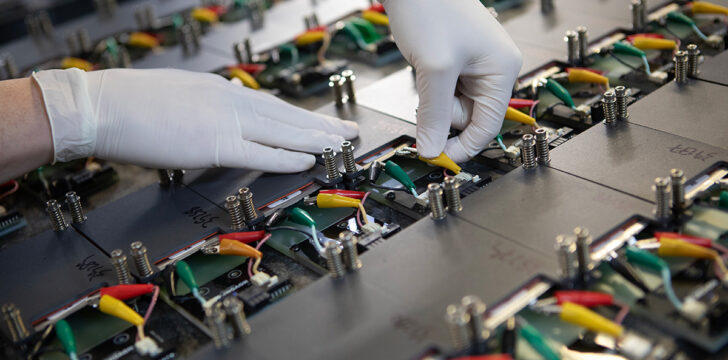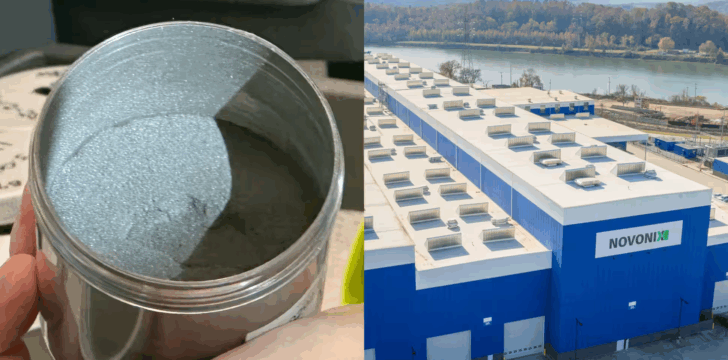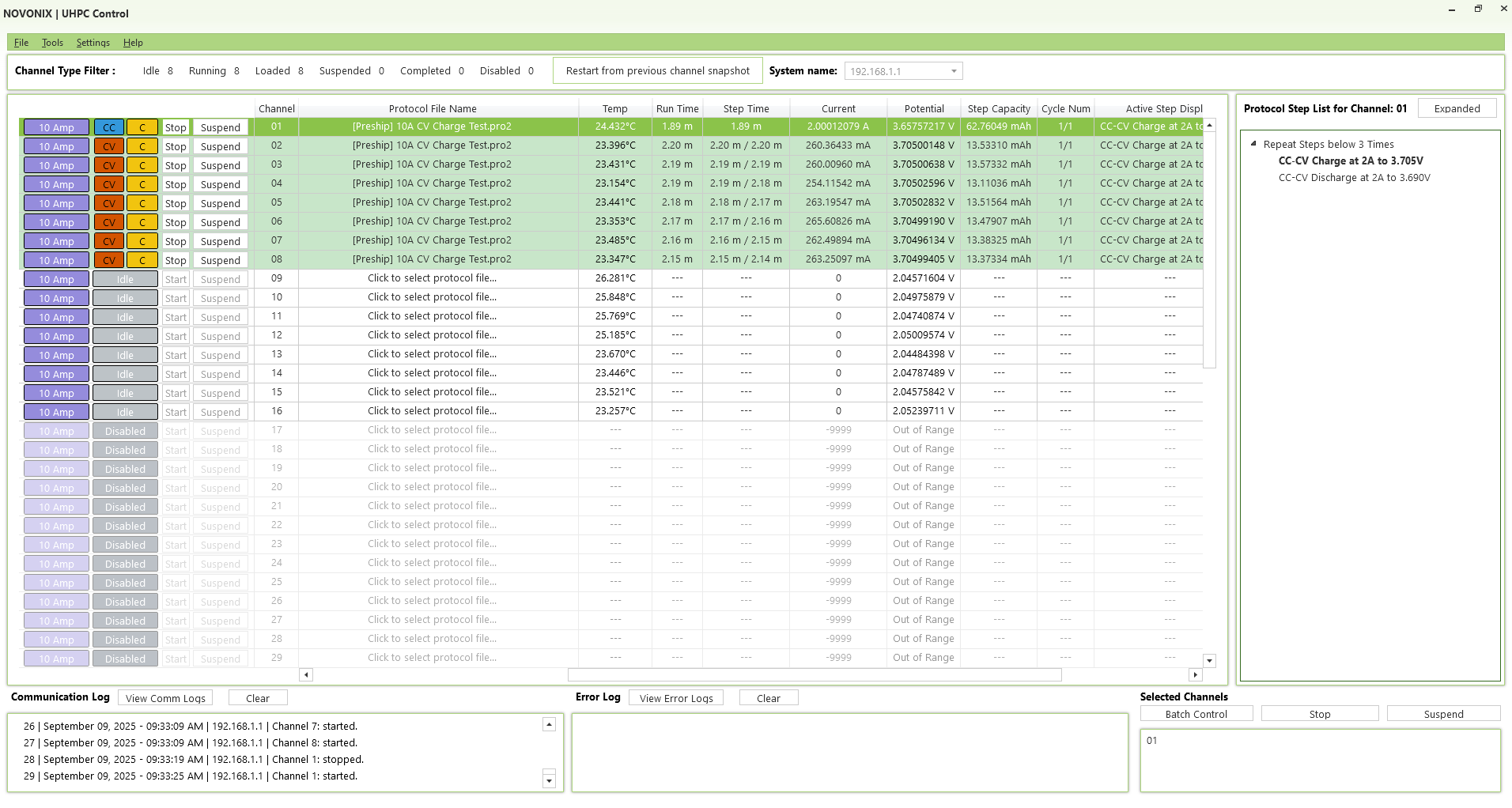The applied rate—commonly known as the C-rate—describes how fast a battery is charged or discharged relative to its rated capacity. A 1C rate means the battery would theoretically charge from 0% to 100% (or discharge fully) in one hour. Similarly, 0.5C corresponds to a two-hour charge/discharge, whereas 2C indicates a half-hour cycle. Higher C-rates push more current through the cell, generates more heat, and accelerates electrochemical degredation. Consequently, extreme C-rates, lead to reduced energy efficiency per cycle, and faster capacity fade. Thus, while a higher C-rate means speedier charging or discharging, it comes with trade-offs in efficiency and increased stress on battery components.
Understanding a battery’s performance across various C-rates is crucial for applications ranging from consumer devices to electric vehicles. NOVONIX employs controlled C-rate testing as part of its performance evaluations and benchmarking. By cycling cells at different C-rates and analyzing outcomes with techniques like UHPC, NOVONIX quantifies how charge/discharge speed affects capacity retention, internal resistance growth, and overall lifespan. These insights inform improvements in electrode materials, electrolyte composition and cell design, ensuring that next-generation batteries can support higher power and rapid charging needs without compromising battery life.




